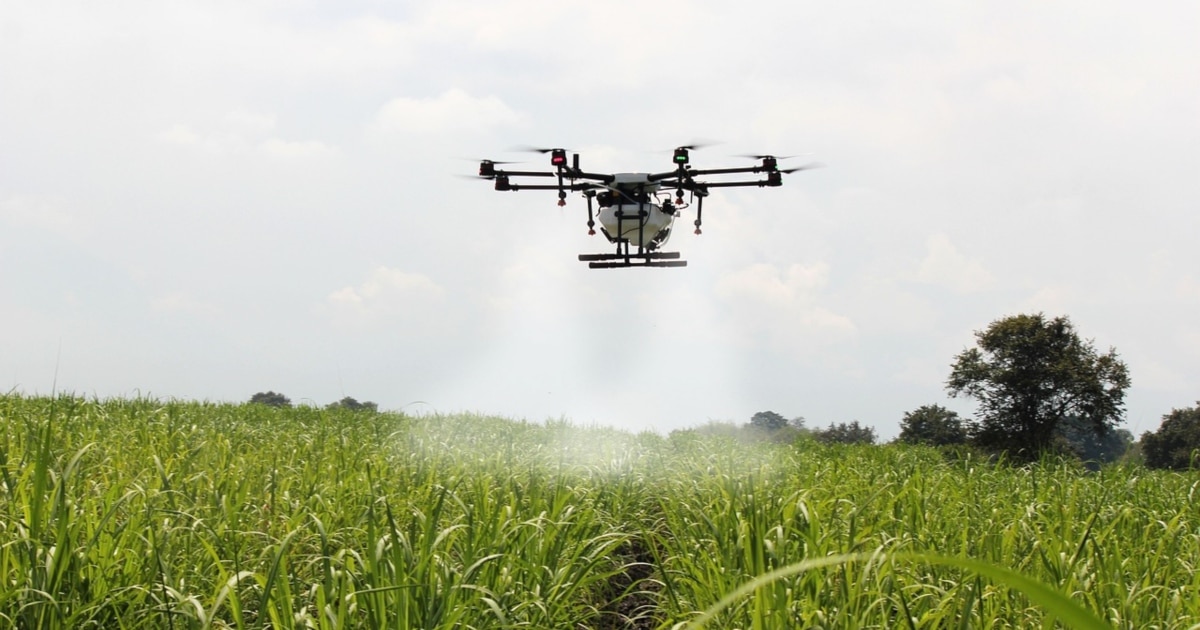
By adding IIoT sensors to expensive manufacturing equipment, operations now have the real-time data necessary to quickly identify emerging problems before they result in expensive repairs and/or delays (which would be a hit to both CapEx and OpEx). This real-time monitoring, and predictive warning capability also enables stakeholders to shift production to another line or plant: that’s a major benefit for just-in-time manufacturing.
These are just a few of the ways that IIoT enables the digital transformation that manufacturing is undergoing, known as Industry 4.0
Smart agriculture is another industry rapidly adopting IIoT technology, and is seeing quick returns on the investment. By deploying IIoT sensors in their fields, farmers can monitor soil moisture, sun exposure, air temperature and other variables that affect crop health and yields. This data enables them to make informed decisions about where to irrigate, or apply herbicides and pesticides.
By adding IIoT sensors to expensive manufacturing equipment, operations now have the real-time data necessary to quickly identify emerging problems before they result in expensive repairs and/or delays (which would be a hit to both CapEx and OpEx). This real-time monitoring, and predictive warning capability also enables stakeholders to shift production to another line or plant: that’s a major benefit for just-in-time manufacturing.
These are just a few of the ways that IIoT enables the digital transformation that manufacturing is undergoing, known as Industry 4.0
Smart agriculture is another industry rapidly adopting IIoT technology, and is seeing quick returns on the investment. By deploying IIoT sensors in their fields, farmers can monitor soil moisture, sun exposure, air temperature and other variables that affect crop health and yields. This data enables them to make informed decisions about where to irrigate, or apply herbicides and pesticides.
As with factory AMRs, farmers also can automate their equipment, such as combines. This enables them to operate a fleet of harvesting robots that can work around the clock, significantly reducing the time and effort required. Farms can actually be operating their fleet in real-time from miles away.
Many smart agriculture applications now use IIoT-enabled drones for a variety of tasks. For example, one of our customers are building and deploying drones for reforestation. Their drones survey, often hard to reach, areas and then using artificial intelligence (AI) they determine optimal seed placement. The drone is then fit with a propulsive canister filled with seeds, and it flies over the predetermined path firing seedlings into the ground. This approach allows them to reach otherwise hard to access regions, and allows for far more precise, productive and efficient planting than sending people out to such remote sites for manual surveys and planting.

Whether it’s a warehouse, factory, farm, mine, refinery or another application, a reliable, secure, high-performance IIoT network is key to maximizing these and other benefits. For example, smart agriculture needs long-range and robust routers to ensure connectivity to their automated fleet out in the field, as well as hot spots and other wireless infrastructure that can automatically choose the right channel to maintain a robust connection with each IIoT sensor, which may be scattered around hundreds or thousands of acres. The equipment also must be rugged enough to withstand extreme weather conditions to be installed outdoors yearround.
Factories have unique requirements too. For example, all of the AMRs, electrical motors and other equipment create enormous amounts of interference. So the radios should use built-in spectrum monitors to identify interference, and then switch channels or bands to maintain reliable, low-latency connections to each sensor, controller and other IIoT devices. This flexibility is particularly important for AMRs, because they’re constantly moving, which means their RF environment is always changing. The network must also provide end-to-end security so that competitors and others can’t eavesdrop on the data to obtain production levels and other sensitive information.
We developed the Mesh Rider Radio Platform for all of these use cases and more. We are very excited about the potential of Industry 4.0 and to be a part of enabling the potential of an IIoT future. Get in touch with us to see how our radios could support your IIoT project.